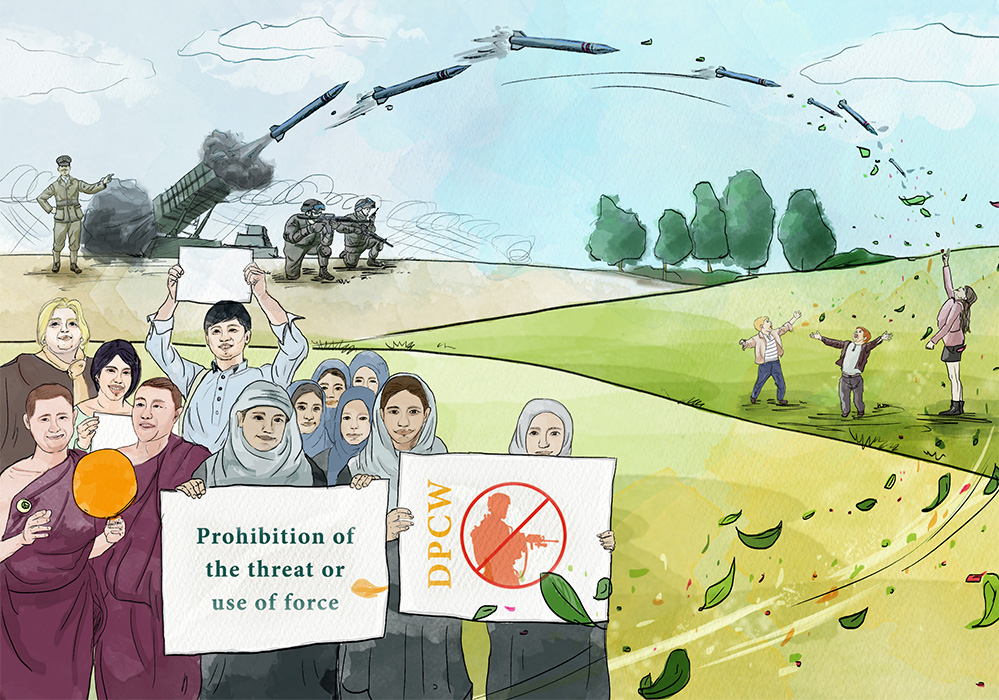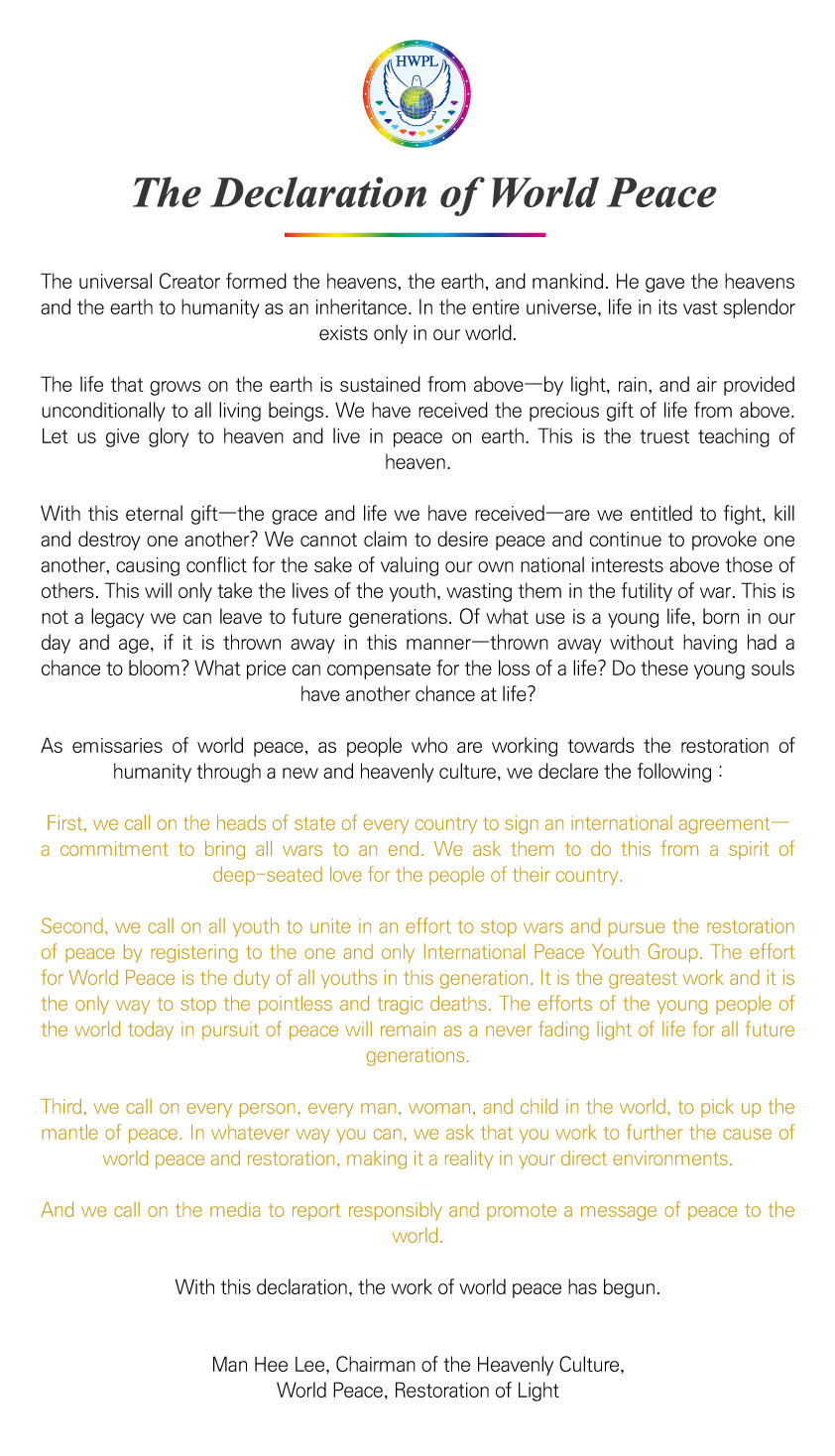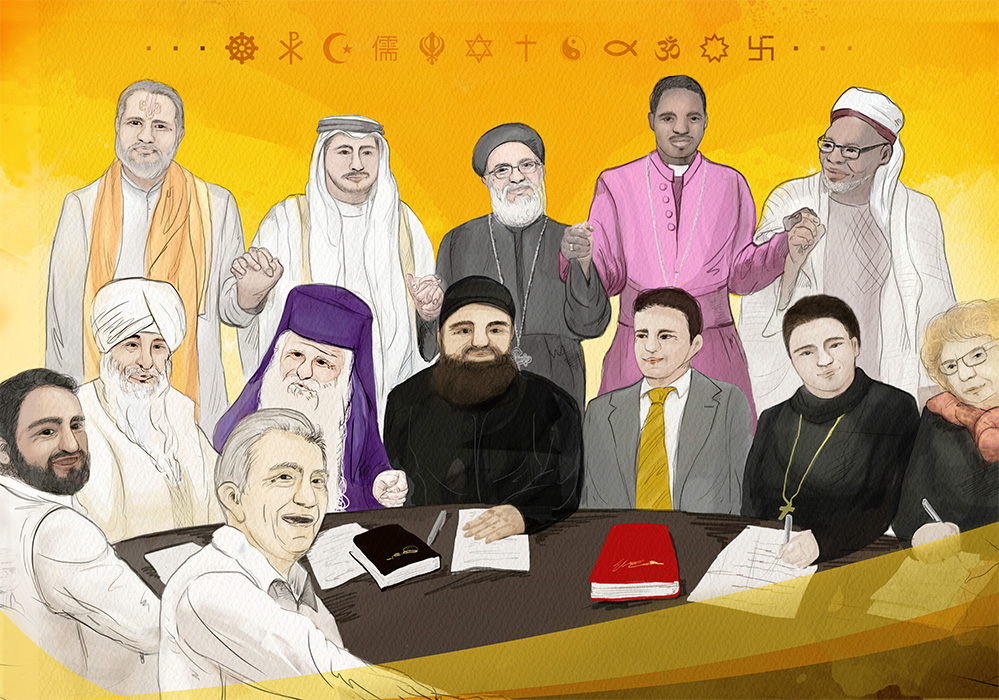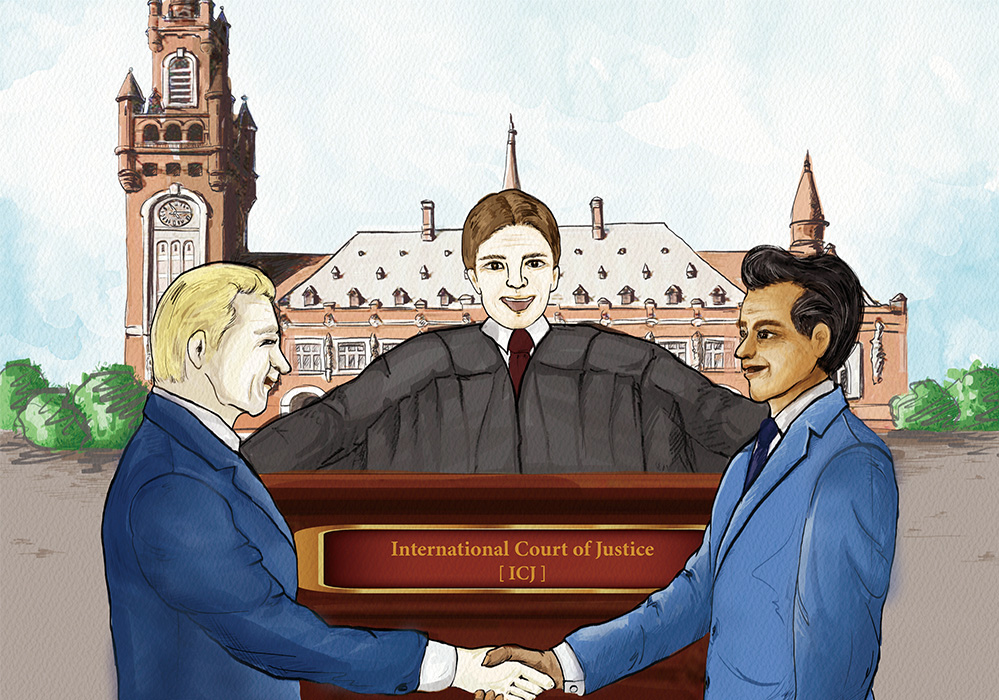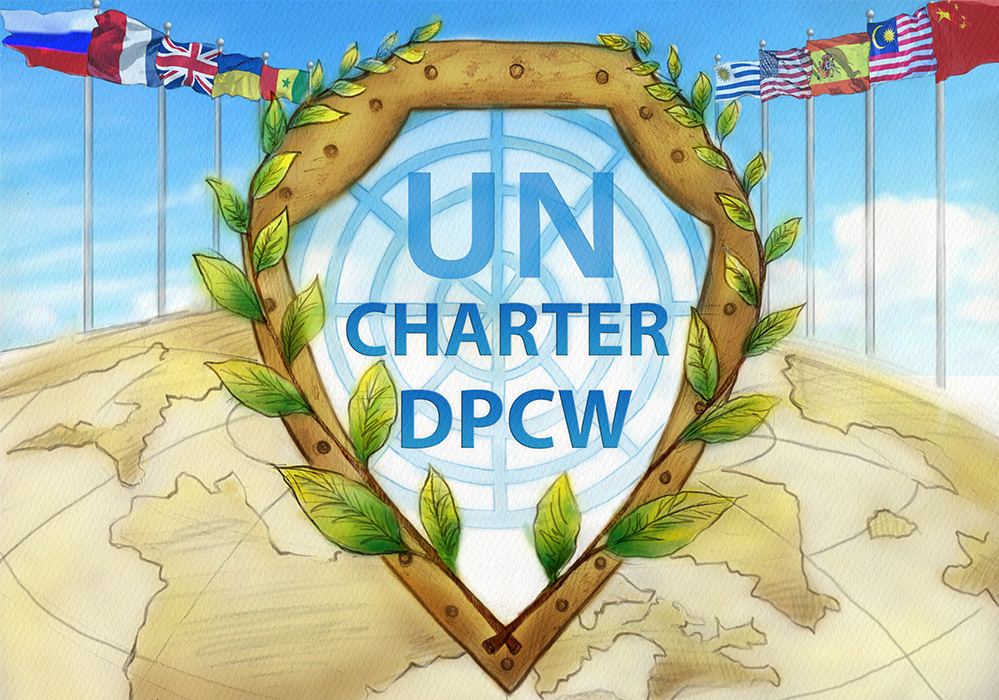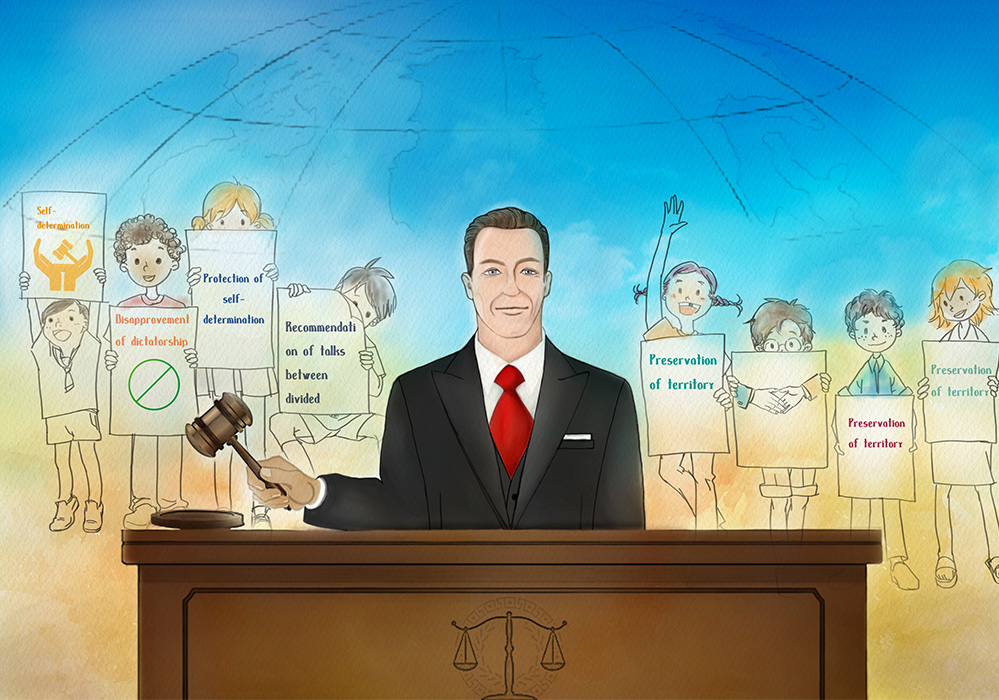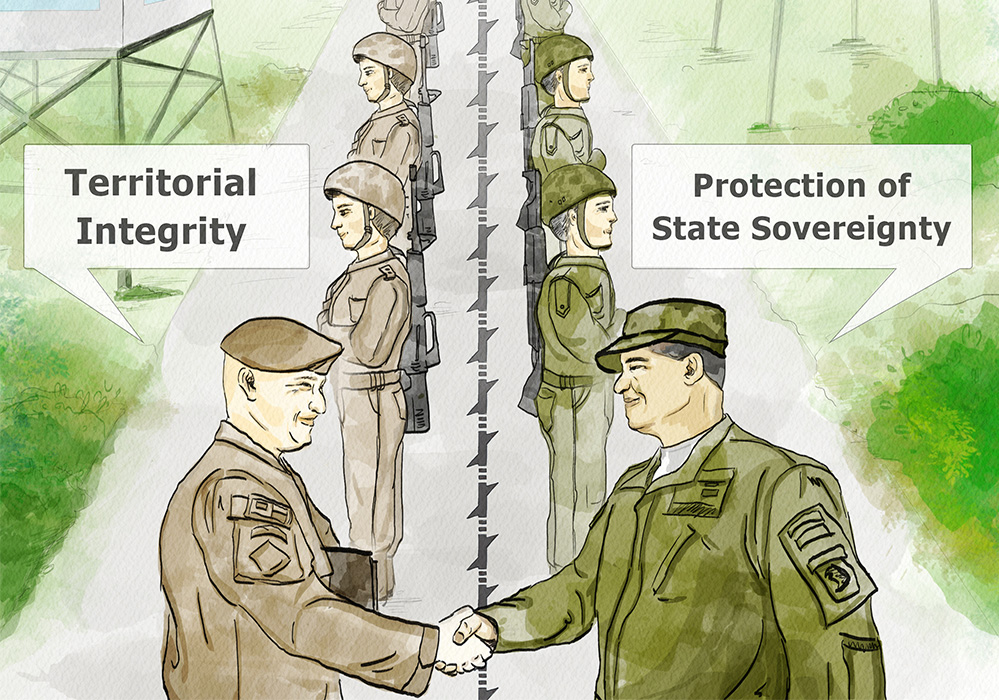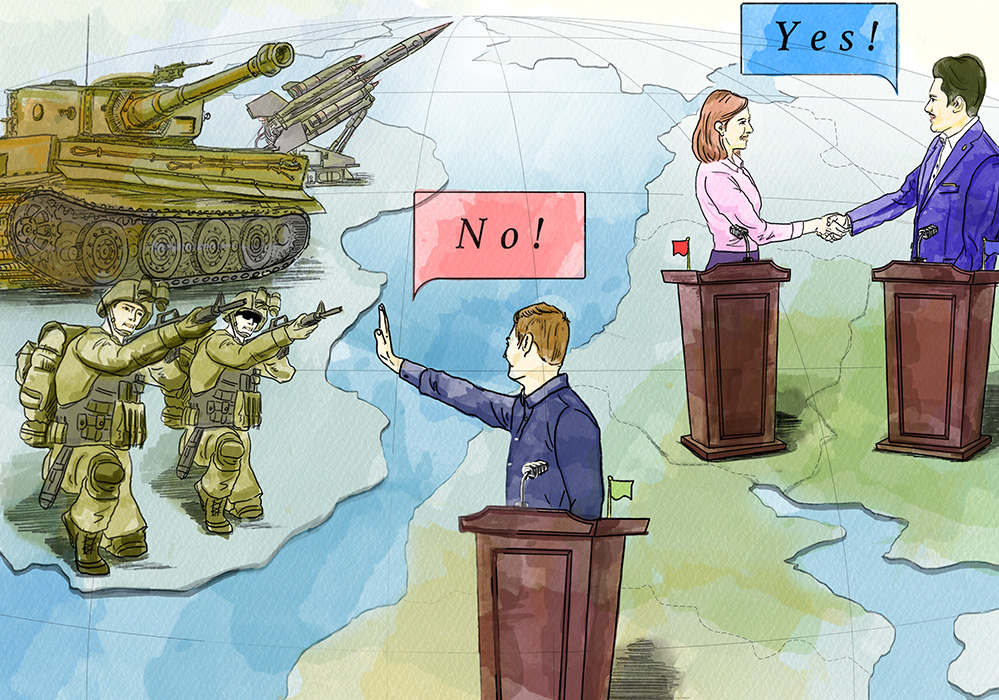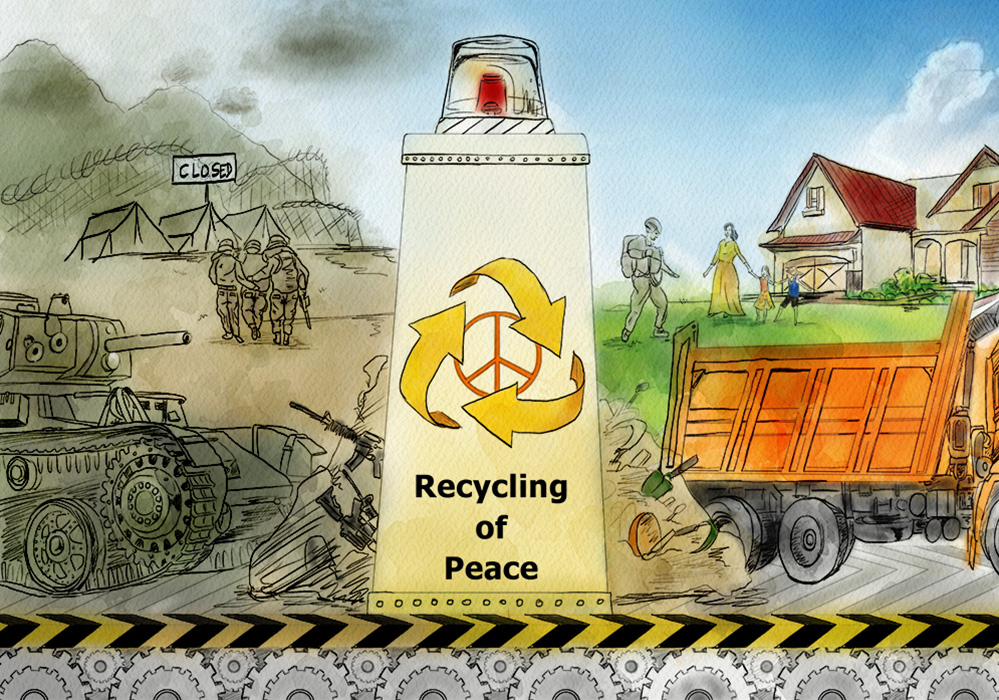Significance and Development Direction of DPCW

Prof. Dr. Md Nazrul Islam
Chairman and Professor, Department of Law, University of Dhaka, Bangladesh , HWPL International Law Peace Committee Member
Hello, everyone. I’m Prof. Dr. Md Nazrul Islam (Asif Nazrul), Chairman of Department of Law, University of Dhaka. First of all, I would like to thank HWPL Chairman Man Hee Lee for inviting me to ‘HWPL’s 7th Annual Commemoration of the Declaration of Peace and Cessation of War (DPCW)’ and giving me an opportunity to give a speech at this session.
After my first visit to South Korea in 2015, I wrote up the draft of the DPCW, and 10 articles and 38 clauses of the DPCW were completed with the efforts of the renowned legal experts around the world and the constant feedback of Chairman Lee. So, in this presentation, let me give you the significance and development process of the DPCW that I witnessed.
Let me bring us back to when I had a meeting with Chairman Lee. When Chairman Man Hee Lee explained to me that HWPL wants to develop their documents of peace, calling for the cessation of war, and spreading the culture of peace, I told him “There are many documents which are passed by the United Nations General Assembly, there is a UN charter and international agreement. Why do you want to add a new document? What will be the use of that?” He just communicated to me that he wanted to develop a document from a global citizen perspective and to also address the deficiencies and what was lacking of the UN charter and UN documents.
HWPL proclaimed the Declaration of Peace and Cessation of War (DPCW) in 2016, which was drafted by the HWPL International Law Peace Committee, which is comprised of renowned international law experts from 15 different states. This declaration, comprised of 10 articles and 38 clauses, aims to restore the spirit that served as the basis for the establishment of the United Nations and to achieve sustainable peace by promoting the universal values of the global community.

The DPCW contains the message of no war, peace between nations and societies, friendly relations, prosperity, and happiness. This is a simple message and everyone can relate to this message. So the legal language can be a bit complex, but that core message of this document is, I think in everyone’s heart, everyone can feel that they are very close to this document. They can actually comprehend the inner message of this document. The ultimate goal of the DPCW is not only to be introduced at the UN General Assembly as a resolution, but also to establish the articles and clauses of the DPCW as an international law for peace by being practically implemented in each country after passing the resolution. Also, to establish peace around the world and build a legacy of it for future generations.
For these processes, we are knocking on the door of the United Nations and informing civil society of the value of the DPCW at the same time. For this reason, the members of the HWPL International Law Peace Committee had face-to-face meetings every year before the outbreak of COVID-19 but afterwards, they have gathered online to discuss and implement what to do.
In the middle of the meetings and discussion, the necessity for peace education through the DPCW which can be applied in universities and education institutions all around the world was raised and creating the DPCW curriculum started to be discussed at the meeting of the 7th HWPL International Law Peace Committee in 2019. The DPCW curriculum, completed on October 2020, consists of discussion questions which let law professors and law students think of and discuss them. It is a good resource for them to consider the value and necessity of peace and enabling measures in a serious way. Currently, various universities in the world are currently conducting the DPCW Handbook Discussion Project with the DPCW curriculum.

Recently in February 2023, a face-to-face event “Completion of Institutionalization of Peace: Need for the DPCW” was held in University Law College, Bangalore University, Bengaluru, Karnataka, India. Attended by the executives of the university and 90 law students, University Law College, Bangalore University and HWPL held a MOU signing ceremony as well as a launching ceremony of the DPCW Handbook Discussion Project which is going to be implemented from March to June 2023.
In addition, the DPCW Handbook Discussion Project has been conducted with NGOs, Youth organizations, and Law university students in various countries such as Bangladesh, and India, which have signed MOUs with HWPL.
We have to judge in terms of its contribution. Although ultimate impact cannot be measured right now, the question is whether it has added something to the current culture of peace and movement of peace. It has added a new dimension to the global movement for peace, prosperity and happiness.
One of the most notable influences is that the mentor professors of the DPCW Handbook Discussion Project have been introducing the project to law professors and students of other universities and giving them the door to be aware of the 10 articles and 38 clauses of the DPCW. Young generations in various countries and regions are getting involved in the project, which means they are aware of the DPCW.
The DPCW is a declaration made in succession to the Universal Declaration of Human Rights. Before the Universal Declaration of Human Rights, there was the British Bill of Rights, the French Declaration of Rights of the Man and of the Citizen, and the United States Declaration of Independence, which were products of the struggles of the grassroots people. The 1972 Constitution of Bangladesh, enacted after independence from Pakistan, was also made based on the struggle of the grassroots people. No ideology can move the world without the cries of the people who make up the majority of the world and without the support of the absolute majority. Because we understand the principle well, the DPCW was also created to protect the rights of all citizens of the global village based on the bottom-up approach.
In the webinar, titled “Enhancement of Human Rights Based on Bottom-up Approach in Humanities,” we had a discussion “why human rights are important” and “why we must protect human rights” from the perspective of the basic spirit of the DPCW, the bottom-up approach, by examining the humanities related to the historical facts of the grassroots movement. I gave a speech to the attendees at the time that I hope to fulfill our duties as human beings and remind others of what we have learned through the webinar. Also, I looked forward that another type of human rights movement and discourse based on the DPCW would unfold after this event. And yes, the participants of the event opened the ‘Peace Culture Education Based on the DPCW for Citizens’ to enable not only law experts but citizens to understand and convey the peace message contained in the DPCW with a wider range of people.
As a member of the HWPL International Law Peace Committee, I drafted the DPCW, and seeing the process of the DPCW being known to the world, and developed, I would like to say that peace should be legislated across the whole world. If the values of peace in DPCW become universal, the human rights values of the global citizens will be guaranteed, wars will end, and a world of peace will finally arrive. I kindly ask all of you attending here to unite under the leadership of Man Hee Lee, the chairman of HWPL, and to become messengers of peace and contribute to the institutionalization of peace. Let us all unite for sustainable peace and development, from citizens to heads of state.




